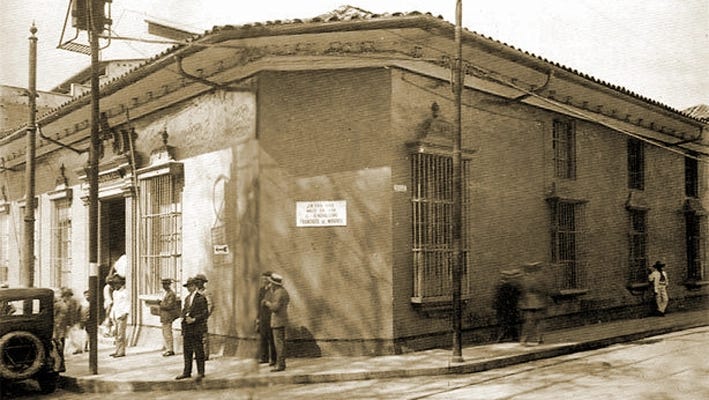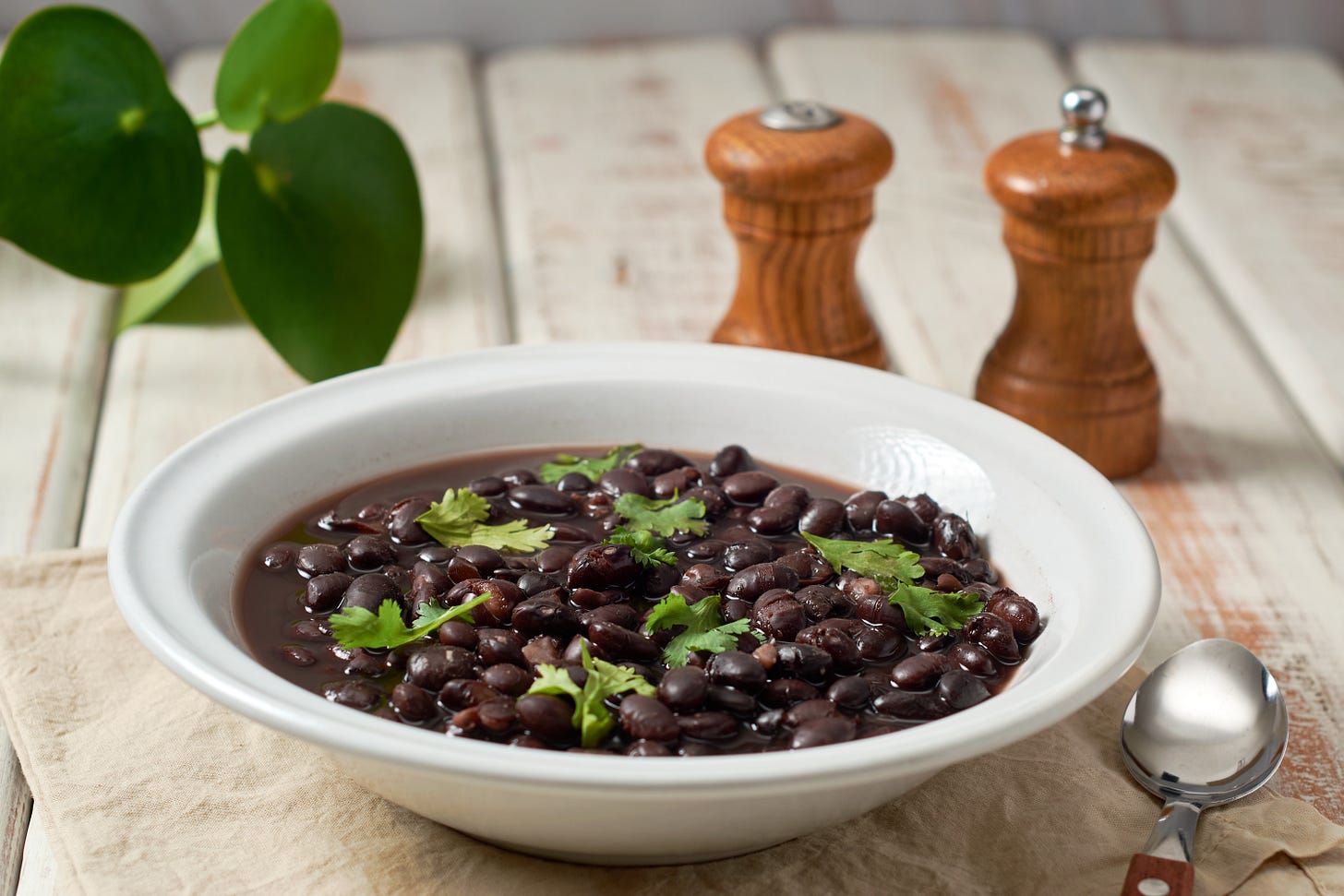Once upon a time, there was a humble family of eight brothers and sisters. They lived in a beautiful valley surrounded by a tall mountain, the Ávila, that decorates the north of the valley called Santiago de León de Caracas, or simply Caracas.
Like every family in the valley, they lived in a big, tall, open house where the air would come and go as it pleased. The smells from the kitchens would mingle and travel all around. The noise from the city was only from birds, people walking, and vendors selling vegetables, cheese, fruits, and groceries from carriages pulled by donkeys, or the most sophisticated ones had trucks. There was a chichero in a corner, selling chicha, a delicious, thick, and sweet beverage made from rice and milk. There was a raspadero, a snow-cone vendor on the next corner, a perro-calientero, a hot dog vendor, and on many corners, el quiosco del periódico, the newspaper kiosk.
Back in the 1930s, Caracas was a beautiful, small city composed of many square blocks. Each corner of each square had a name. So, when giving directions, you would not say the name of the street, you would say: Yo vivo de Esmeralda a Mirador, I live from the corner of Esmeralda to the corner of Mirador, the names of the two corners where your house was located. At one point in the city, there were more than 132 corners with names. The names had stories and meanings, and everyone knew them like the back of their hands.

It all started when the city was founded. If you go to any city, town, or village in Venezuela, at the center, there is always a Plaza Bolívar, the main square, in honour of Simón Bolívar, who was the Liberator of Venezuela. However, because Caracas was founded much before Bolívar had given independence to the country, the original square was called the Plaza Mayor, and the city grew from there in blocks.
This is the city where my maternal family lived all their lives. Both sides of my family, my Dad’s and my Mom’s side, were numerous. On my mom’s side, there were eight siblings, and on my Dad’s side, there were seven siblings. All married, sometimes remarried, and with many children. In talking one day with my Mom, we could not truly figure out how many cousins in total we have. More than 40 for sure.
One of the few couples on my mom’s side of the family only had two children, my uncle Victor and my aunt Matilde. My mom’s father passed away when she was only one and a half years old, and my grandmother passed away when I was nine years old. At this point, Victor and Matilde took over and became our grandparents.
Having inherited the title, they were especially adorable. My uncle was a very conservative man who would walk straight like an arrow until his late 90s, and my aunt was the sweetest lady you would ever meet. They were the portrait couple of the 40s. Early stories tell about my grandmother having to stop breastfeeding my mom because when she was chaperoning my Uncle Victor and Aunt Matilde, my mom would show up and say in a loud voice that she “wanted the boob.” Back then, it was very shameful, so to remediate, she stopped breastfeeding my mom.

When we were kids, most adults in the family would say the occasional curse. Not my uncle Victor or my aunt Matilde. And God forbid anyone cursed in front of them! No one ever heard them cursing. She would call him by his last name, and their relationship lasted more than 60 years. Their first house was between the corners of San Narciso a Aguacatico. Later, they moved to the corners of Esmeralda a Mirador.
My uncle Victor, an accountant, would always boast about his memory. He would know every family member’s phone number by heart, even the ones outside the country with codes and everything. He knew all the corners of Caracas by heart too. He would recite them in order. He was organized, meticulous, and proper. He would have names for us too. I was the Catirusia, the Russian blonde, a light-coloured-haired person with green or yellow eyes. That was me, and my brothers were El nené, the baby, and El Coco, the bug.
My aunt, on the other hand, was shy, funny, and adorable. She would always babysit me. Like every woman of her generation, she was a stay-at-home mom, and even though they never left the country, she would know about the world because she loved to read. In the kitchen, she was the best. She would make me arepas con diablitos, deviled ham, and feed them to me in the funniest way. She taught me how to eat fish without eating the bones and would make the best food in the world. I would go with her to the corner bakery and get freshly baked French bread, and as soon as we would get home, she would generously add some butter that would instantly melt. She and I would sit and deliciously enjoy it.
“The other day I made black beans and was hoping that you were going to show up.”
Her best were the black beans. They were simply fabulous, and I loved them. As an adult, as soon as I had a car, I would always go visit her. By some strange coincidence, every time I would go, she would have made black beans. So, naturally, she started making them on purpose to see if I would show up, and I would!
They were the hardest part of having to leave Venezuela. I was particularly hurt when they passed away and I couldn’t be there. We would always speak on the phone, and they would be so excited when I would call. She developed dementia over time, but one time, when it was starting, she said this to me: “The other day I made black beans and was hoping that you were going to show up.”
Black beans are a Venezuelan staple. We eat them with rice, meat, and plantains. If there’s some left, we eat them with arepas the next day. Now, I don’t make them all the time, but when I do, I feel that somewhere, somehow, my Uncle Victor and my Aunt Matilde know that I am thinking of them and remembering all the love they gave us.
After I posted this article, one of my readers said they would have loved to have the recipe. I love it when I get suggestions and requests from my readers. Here’s my black beans recipe.
Black Beans Recipe
Ingredients:
- 1 cup black beans
- 1 onion
- 2 garlic cloves
- 1 red bell pepper
- 1 carrot
- 1 bay leaf
- 1/2 teaspoon cumin
- 1 teaspoon paprika
- cilantro
- salt to taste
- 3 cups water
- 2 tablespoons oil
Instructions:
1. Soak the black beans in water for at least 8 hours.
2. Finely chop the onion, garlic, red bell pepper, and carrot.
3. In a large pot, heat the oil over medium heat and add the onion, garlic, red bell pepper, and carrot. Cook until they are golden brown.
4. Add the drained black beans and bay leaf to the pot. Stir well.
5. Add the cumin, paprika, and salt to taste. Pour the water over the beans and mix well.
6. Bring the mixture to a boil, then reduce the heat to low, cover the pot, and cook for 1 hour or until the beans are tender.
7. Add the cilantro.
8. Stir occasionally and add more water if necessary to prevent sticking.
9. Serve the black beans over white rice and enjoy.







Magic beans indeed. They transported me to a beautiful world filled with love and connection.
Magic beans need magic storytelling.
Thank you!